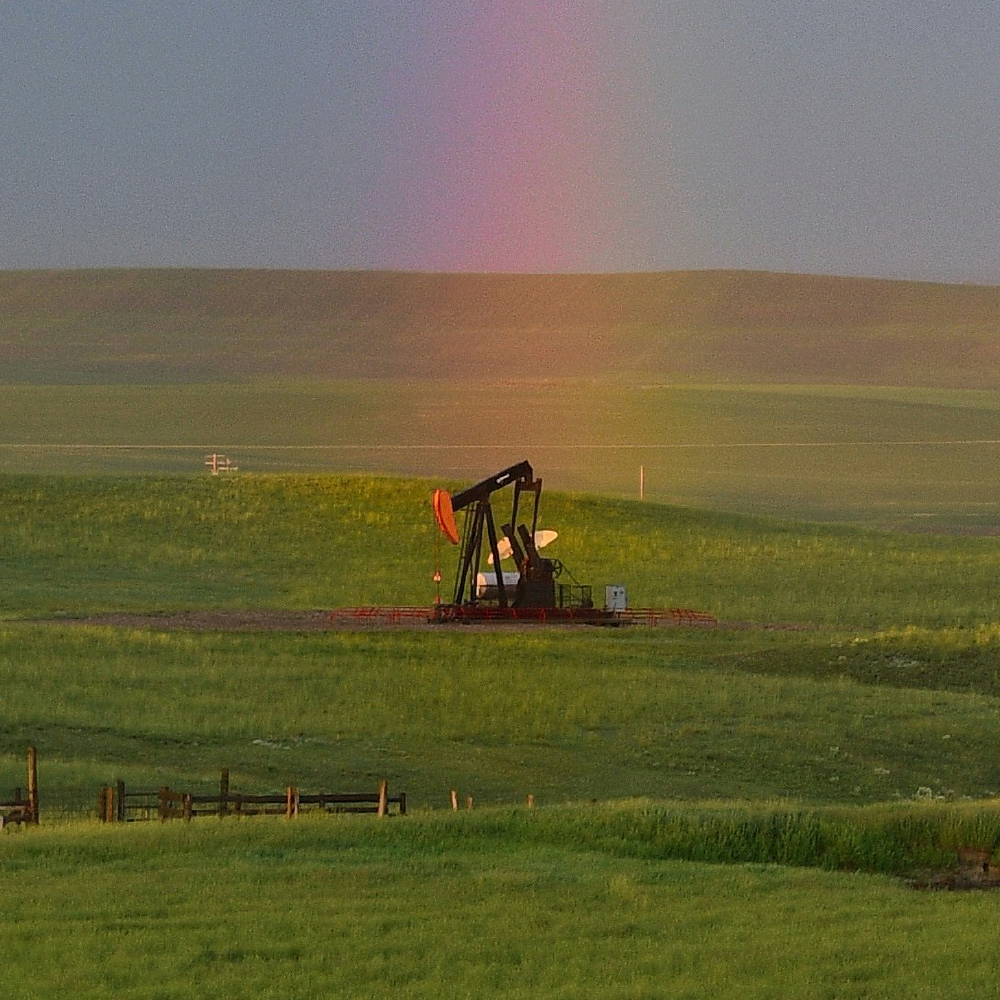
The Birth of an Oil Well: Exploration and Discovery
The journey of an oil well begins with extensive exploration. Geologists and geophysicists are tasked with identifying potential sites where oil reserves might be buried beneath the earth’s surface. This process involves sophisticated technology, including seismic surveys, which send shock waves into the ground and measure their reflections to map underground formations. Once a promising site is located, exploratory drilling is undertaken to confirm the presence of oil.
Drilling: The Heart of Oil Extraction
Once the presence of oil is confirmed, drilling begins. This involves using a drilling rig to create a wellbore, a hole drilled into the earth to reach the oil reservoir. Modern drilling techniques include both vertical and horizontal drilling. Horizontal drilling, in particular, has revolutionized the industry by allowing for the extraction of oil from formations that were previously inaccessible or uneconomic to exploit.
The Anatomy of an Oil Well
An oil well is a complex engineering feat composed of several vital components. The wellhead, located at the surface, controls the flow of oil and gas from the well. Casing and tubing are used to line the wellbore, providing structural integrity and facilitating the safe transport of oil to the surface. The bottom of the wellbore, known as the production zone, is perforated to allow oil to flow into the well.
Extraction Methods: Bringing Oil to the Surface
Oil extraction from the reservoir to the surface can be achieved through various methods. Primary recovery relies on the natural pressure of the reservoir to push oil to the surface. When natural pressure is insufficient, secondary recovery methods such as water flooding or gas injection are employed to maintain pressure and enhance oil flow. Tertiary or enhanced oil recovery (EOR) involves more advanced techniques like thermal recovery, chemical injection, or gas injection to maximize oil extraction.
Transporting Crude Oil: Pipelines and Tankers
Once extracted, crude oil must be transported to refineries, where it is processed into usable products. Pipelines are the most efficient and cost-effective means of transporting large volumes of crude oil overland. Oil tankers are crucial for international transport in moving crude oil across oceans to global markets. These massive ships are designed to carry millions of barrels of oil, ensuring a steady supply to meet global energy demands.
Refining: Turning Crude Oil into Usable Products
Crude oil undergoes a series of processes at the refinery to transform it into various petroleum products. This includes distillation, where crude oil is heated and separated into different components based on boiling points. Subsequent refining processes, such as cracking, reforming, and blending, produce fuels like gasoline, diesel, and jet fuel and other products like lubricants and petrochemicals.
Environmental Considerations: Balancing Energy Needs and Sustainability
While oil wells are crucial for energy production but pose significant environmental challenges, oil spills on land and offshore can devastate ecosystems and wildlife. The industry has made strides in improving safety and environmental standards, but the extraction and burning of fossil fuels remain significant contributors to greenhouse gas emissions and climate change. Balancing the world’s energy needs with environmental sustainability is an ongoing challenge that requires innovative solutions and a commitment to cleaner energy sources.
Technological Advancements: Shaping the Future of Oil Extraction
Technological advancements continue to shape the future of oil extraction. Innovations such as hydraulic fracturing (fracking) and improved drilling techniques have unlocked vast new oil and natural gas reserves. Additionally, digital technologies like artificial intelligence and the Internet of Things (IoT) are being integrated into oil field operations to enhance efficiency, reduce costs, and minimize environmental impact. These technologies enable real-time monitoring and predictive maintenance, ensuring safer and more efficient oil production.
Economic Impact: Oil Wells and the Global Economy
Oil wells play a pivotal role in the global economy. The oil and gas industry provides millions of jobs worldwide, from exploration and drilling to refining and distribution. Oil revenues are a significant source of income for many countries, particularly those with large reserves. Oil prices also have far-reaching effects on the global economy, influencing everything from transportation costs to the price of goods and services. Fluctuations in oil prices can lead to economic booms or recessions, underscoring the critical importance of oil wells in the world’s economic landscape.
The Enduring Importance of Oil Wells
Oil wells have been instrumental in powering the modern world, providing the energy needed for transportation, heating, and electricity. Despite the challenges and environmental concerns associated with oil extraction, oil remains a cornerstone of global energy supply. As the world transitions towards cleaner energy sources, the role of oil wells may evolve, but their contribution to human progress and economic development will remain significant. Advances in technology and a commitment to sustainability will be crucial in shaping the future of oil wells and their impact on our world.